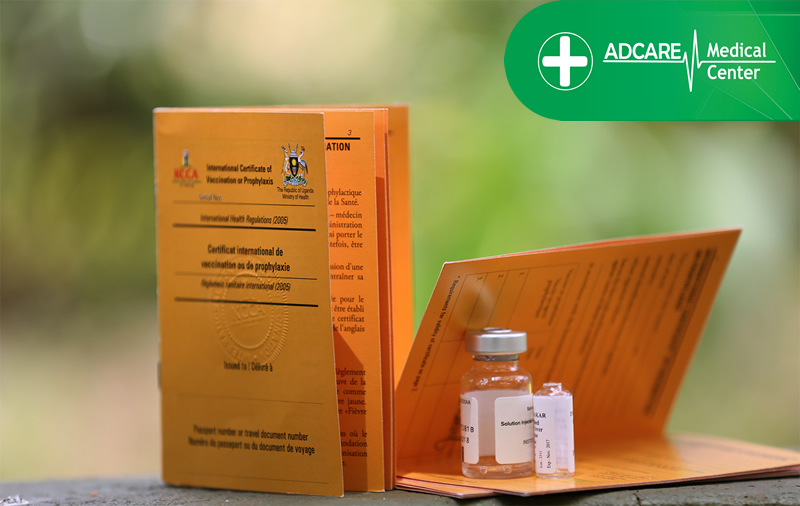What is cancer?
All living things – ourselves included – are made up of cells. Cells are microscopic packages of living material and we have billions of them. They come in many different types: liver cells, brain cells, blood cells and so on. In the normal adult, cells only grow and divide slowly and under very tight control to make sure that the number of cells in each tissue stays the same. Cancer begins when one cells changes and starts growing and dividing rapidly and out of control. This one cells divides to give two cells, then four, eight and so on until they form growing mass of cancer cells – called a tumour.
What do malignant and benign mean?
In some tumours, the cells stay in the same place and as the tumour stops growing before it gets very large – often because it simply runs out space to grow. These are called benign tumours and they are not normally dangerous. We all have benign tumours, such as moles and warts. However, in other tumours the cells are able to invade the surrounding tissue and spread into nearby organs where they can cause serious and, eventually, fatal damage. These are called malignant tumours.
What is metastasis?
In many malignant tumours, as the cells spread, they come across blood vessels. If they actually spread into the blood vessel, they get carried around the body and eventually get stuck in a smaller blood vessel in another part of the body. Here they begin to divide and grow again eventually forming a new tumour. These are called secondary tumours or metastases. This process of cancers spreading around the body is called metastasis.
Do genes cause cancer?
Every cell carries a set of coded instructions for every activity or function that it can perform. Different genes are active in different cells, which is why a brain cell carries out many different activities from muscle cell. Genes also carry the coded instructions for basic functions of the cell such as the way cells grow and divide. The growth and division of normal cells is tightly controlled by the activity of certain genes. However, when these genes are faulty or when they mechanisms controlling the activity of these genes is damaged, it can cause the growth and division of the cells to go out of control – in other words, the become cancerous. Genes themselves do not cause cancer. When they function normally, genes prevent cancer. However, it is when some genes become damaged that they can malfunction and cause cancer.
Can you inherit cancer?
Cancer itself cannot be inherited, but some people do inherit a higher risk of getting cancer. This is because they inherit, from their parents, a slightly damaged version of one of the genes involved in controlling cell division. On its own, this damaged gene is not enough to make cells cancerous. Normally, two or three different genes have to be damaged before a cell will become cancerous. That is why so very few of the billions of cells in our body ever become cancerous. However, if someone starts out with every cell in their body carrying damage in one of these genes, the chance of a cell getting the other types of gene damage and becoming cancerous is much higher. Some of these inherited damaged genes have been identified, such as BRCA1 and BRCA2 which increase the risk of getting breast cancer by five to seven times.
Do tumours need a blood supply?
A tumour usually starts with a single cancerous cell that begins growing and dividing. The resulting mass of cancer cells soon gets large enough to need a new blood supply to provide oxygen and nutrients and to remove waste products. Without a blood supply, the cells in the middle of the tumour will die off. In fact, tumours without a blood supply are unable to grow more that about one millimetre across. As soon as they start growing, tumours release small, hormone-like molecules that cause nearby blood vessels to start growing towards the tumour until they actually form a new branch supplying the tumour with blood.
source: worldwidecancerresearch.org


